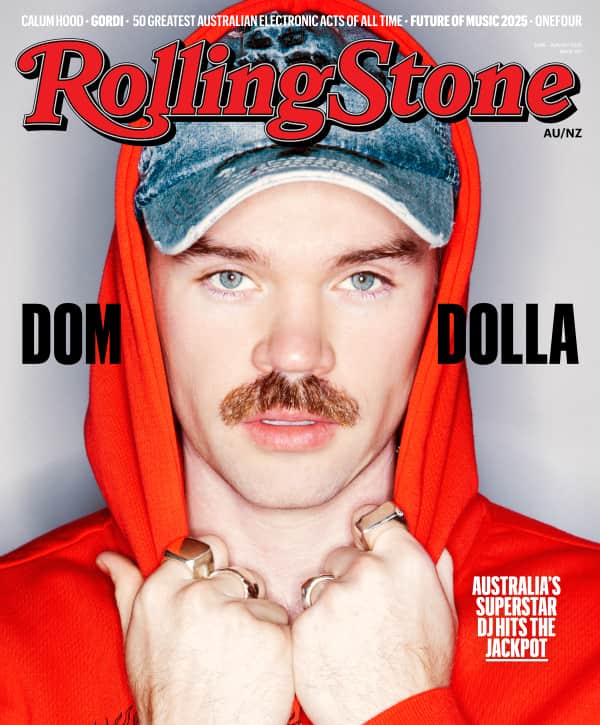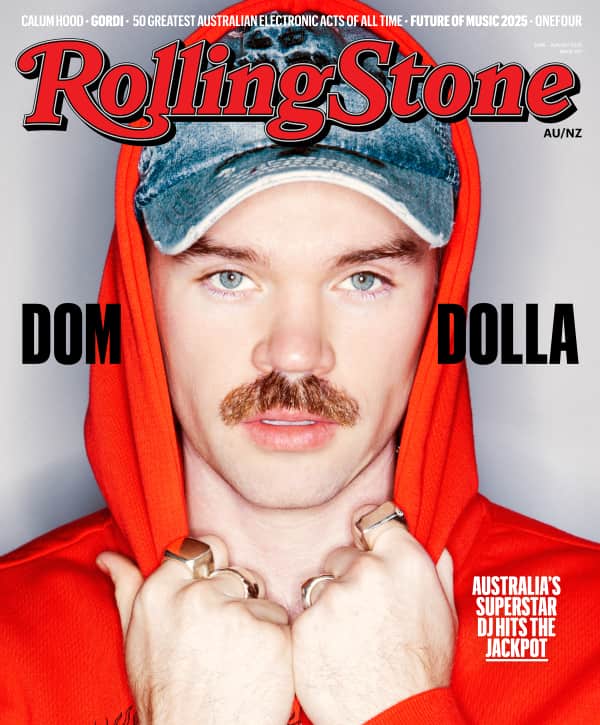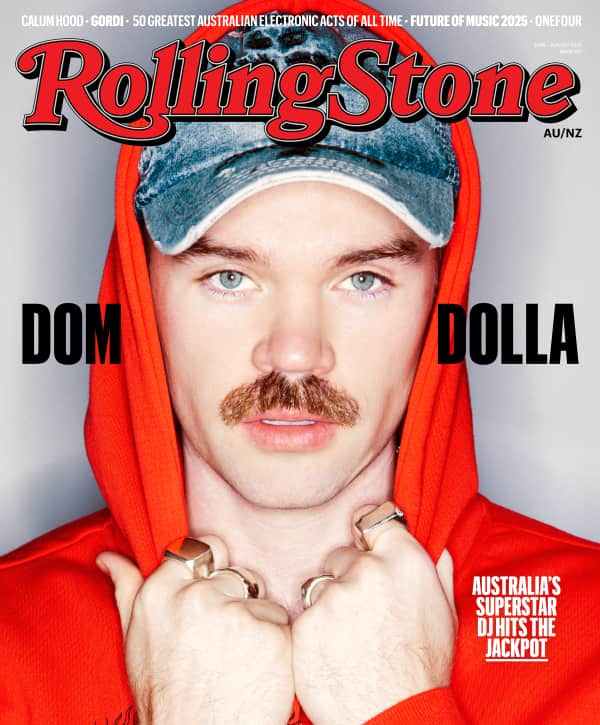Robert Mapplethorpe decided he was an important artist long before he was even making important art. Growing up in 1950s Queens, New York, he escaped to art school in Brooklyn, searching for a way to transform himself. He was the outcast who took drugs and dressed weird, until he found his path to stardom. That ambition shines through in the new HBO documentary, Mapplethorpe: Look at the Pictures. Directed by Randy Barbato and Fenton Bailey — the producers of RuPaul’s Drag Race who have also examined oddballs and outliers in documentaries such as Party Monster, The Eyes of Tammy Faye and Inside Deep Throat — the film allows us to linger on many of those sensational images of men in states of agony and arousal, blurring gender and sexuality that continue to provoke with their questions about what can be beautiful and what can be art. His early self-portrait in which he looks at the camera with a bullwhip for a tail can be seen as a taunt and a promise of his power. Even more than the aesthetic merits of the photographs, however, is the narrative of striving that transformed Mapplethorpe from a fringe photographer into one of the most collectable artists of the last half of the 20th century.
The film begins with the voice of Senator Jesse Helms exhorting everyone to, “Look at the pictures!” He was protesting an exhibit of Mapplethorpe’s work that he viewed as pornographic, and we see the conservative politician waving what he viewed as smut, seeking to inflame the culture wars, despite the fact that Mapplethorpe had died just a few months prior at the age of 42 of AIDS. That protest turned out to solidify the artist’s legend, and the documentary continues to burnish his reputation.
“We took all our cues in making this film from Robert,” Barbato tells Rolling Stone. “From the humour in it and explicitness, to the volume of artwork that we show — because we feature almost 500 images of his art — that we’re almost shocked that it’s going to be shown anywhere because it’s so explicit! We feel like a golden shower or a fist fucking image deserves a Ken Burns treatment.”
Those photos include the X portfolio, a set of 13 formally impeccable black-and-white photographs that document the gay BDSM scene of Seventies New York City and Black Book, that eroticised the black male body, as well as the portraits of celebrities (Carolina Herrera, Brooke Shields), models and muses, such the iconic “Ken Moody and Robert Sherman,” that features the two men with alopecia — one black, one white — in profile. They’re all currently on view in a major joint retrospective exhibition, The Perfect Medium, taking place at the Getty Museum and the Los Angeles County Museum of Art through the summer.
Rather than paint him as a one-note provocateur, though, the filmmakers manage to capture the many sides to the man. “Yes, of course he wanted to be this serious artist and, yes, he was deadly earnest about his art,” Bailey says. “And at the same time, he would make pictures that were funny. ‘Man in a Polyester Suit’ is funny. ‘Whip up the Butt’ is funny. You know, ‘Devil’s Horns From the Party Store Down the Road,’ it’s funny! It’s not as if you can’t be a serious artist and hilarious at the same time.”
The filmmakers include characters, like Patti Smith and Debbie Harry, who add a certain levity to the sometimes unsettling imagery. Smith wrote about her relationship with Mapplethorpe in her memoir Just Kids, and we see the willowy poet-rocker in archival footage as she recites poetry or in those portraits of her by Mapplethorpe, including the one that later appeared on her Horses album cover. In voiceover narrative culled from existing interviews, she explains how the young lovers tried to make art while prowling for patrons in the Chelsea Hotel. Another artist on the scene, author Fran Lebowitz, recalls Mapplethorpe in her own skewering way. “He looked like a kind of ruined Cupid, and he was very reliant on his charm,” she says. “He made great use of it.”
Sandy Daley, Smith and Mapplethorpe’s artistic neighbour at the hotel, featured Mapplethorpe in her short art film “Robert Having His Nipple Pierced.” In the documentary, she recalls how they tried to freak out a journalist profiling denizens of the Chelsea by decorating a room with Mapplethorpe’s leather garb and a dildo. Daley’s a frank observer. When asked about whether or not he was ambitious, she responds, “Yes, there’s no word for it. Both of them,” referring to Smith.
Love Music?
Get your daily dose of everything happening in Australian/New Zealand music and globally.
Mapplethorpe didn’t try to mask his desire for fame and recognition and felt it was part of his art. “The brutally, brutally honest approach Robert had to his work was the same attitude he had toward living life,” Barbato says. “It was that authenticity, particularly in the context of the times. In the Seventies, it was not cool to be out and open, it was not cool to be an artist and ambitious. Like everyone was pretending that fame and fortune would find you. But that wasn’t the reality and he was one of the few — Warhol was another — who was open about it.”
It may come as a surprise to discover that Mapplethorpe stumbled into photography, which wasn’t seen as legitimate art form at the time by many museums and galleries. He incorporated gay pornography in his early collage work, until he grew frustrated with using other people’s photos, and began taking his own Polaroids, which he could then manipulate, until he later attained an expensive camera. We hear Mapplethorpe explain how photography felt like a shortcut, likening it to “being a sculptor without having to spend all the time modelling with your hands.” As Bailey explains, “His life was sort of performance art, and there were two ways he documented it: the pictures and then getting people to talk about him.”
He even chose a lover, Sam Wagstaff, then a major art world tastemaker, as his main patron, and transformed Wagstaff into an influential proponent and collector of photography. “It’s just a detail in the film, but it’s so important that Wagstaff was not into photography when he met Mapplethorpe,” says Bailey. “He could take photographs all he wanted, and people would turn to him and say, ‘It’s not art,’ and he was stuck with that. Mapplethorpe was savvy enough to know he needed to find a curator, or someone with the right credentials, to champion photography. Along comes Sam Wagstaff, not into photography, and he decides, ‘I’ll make him get into photography, and he can then champion photography.’ This isn’t a criticism of Mapplethorpe; he was strategically brilliant about his collaborations.”
In some ways, Look at the Pictures can be seen as a culmination of what Mapplethorpe was striving for, since part of his skill was in finding others who would discuss and boost his creative production. He wooed journalists, critics and curators, hoping they’d find the words and frames that explained what he was doing so he could reach the level of fame and notoriety he craved.
“Mapplethorpe’s whole point was that art is about opening something up. And he wanted lots of people to write and to talk about his art and to tell his story,” Bailey says. “I don’t think he ever intended for only one person to be the voice — maybe other than his.”




































